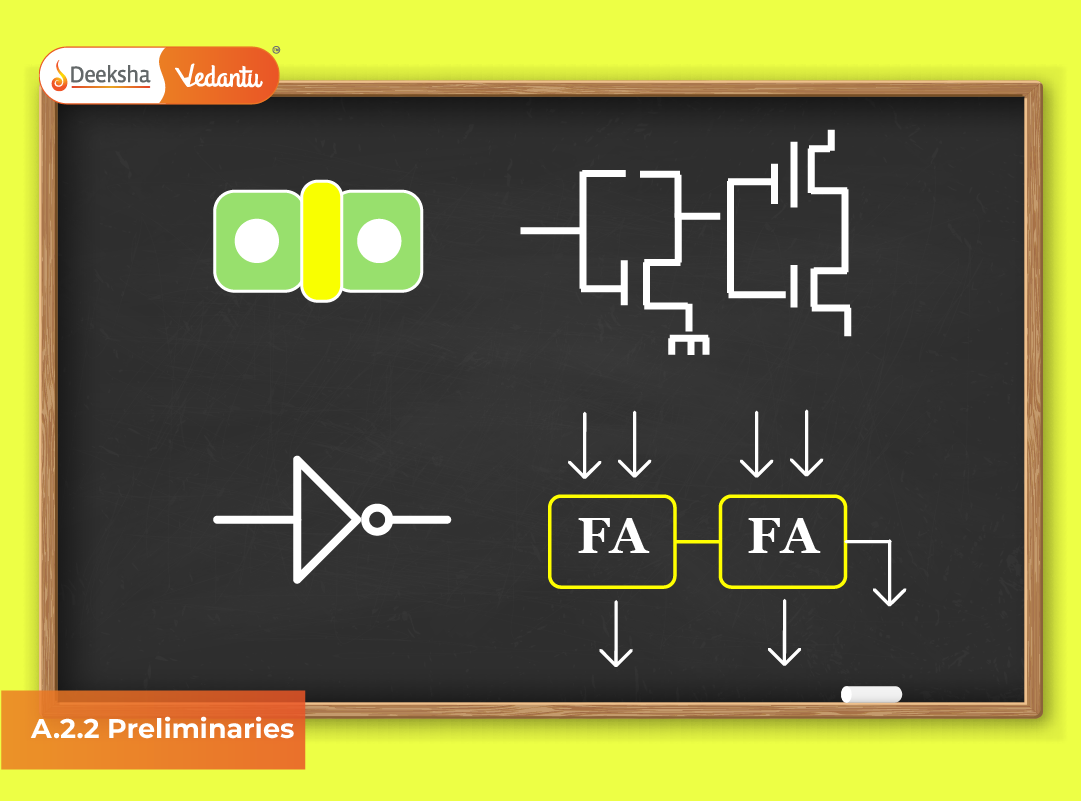
Introduction
Mathematical Modelling begins with a crucial stage known as the Preliminaries. This stage lays the foundation for understanding how mathematics can describe, analyze, and predict real-world phenomena. In JEE preparation, mastering these preliminaries enhances logical reasoning, problem translation, and the ability to connect abstract mathematics to physical and practical contexts.
In essence, the preliminaries of mathematical modelling introduce the fundamental building blocks — assumptions, variables, parameters, relationships, and model formation principles — which together form the basis of every mathematical model.
Importance of Preliminaries in Mathematical Modelling
The preliminary stage in modelling ensures that students:
- Clearly define the problem in mathematical terms.
- Simplify complex systems into manageable forms without losing essential characteristics.
- Identify variables and parameters that influence the model.
- Develop an awareness of limitations and approximations.
- Prepare for the analytical or computational phase of solving models.
In JEE Mathematics, problems often simulate real-world behaviour such as motion, growth, heat transfer, or optimization. The ability to identify relationships and model them mathematically is vital for solving advanced-level problems in both JEE Main and Advanced.
Core Elements of Mathematical Modelling Preliminaries
Mathematical models don’t begin with equations — they start with understanding. The key elements include:
1. Defining the Objective
The first step is to clearly state what is to be achieved. For example, are we predicting a population, minimizing cost, or maximizing speed? A model’s effectiveness depends on a well-defined objective.
2. Identifying Variables
Variables are quantities that change within the model. They are categorized as:
- Dependent Variables: Quantities that depend on other variables (e.g., distance depends on time).
- Independent Variables: Quantities that are controlled or given (e.g., time, temperature).
3. Constants and Parameters
While variables change, constants and parameters remain fixed for a given model. For example, in the equation y = mx + c, m and c are parameters. Identifying these constants helps maintain the model’s reliability and consistency.
4. Making Assumptions
Assumptions simplify reality. For example:
- Air resistance is negligible.
- Motion occurs in a straight line.
- Population growth follows exponential law.
These assumptions help focus on the primary factors influencing the problem.
5. Understanding Relationships
Establishing mathematical relationships is central to modelling. They could be linear, quadratic, exponential, or trigonometric. For instance:
- Linear relation: y = mx + c
- Exponential relation: P(t) = P₀e(kt)
6. Choice of Mathematical Techniques
Depending on the problem, different branches of mathematics are employed — algebra for balance, calculus for change, and probability for uncertainty. The appropriate tool selection ensures accuracy and relevance.
7. Real-World Interpretation
After creating a model, its mathematical output must make sense in real terms. For example, negative population growth might indicate a model error or specific environmental constraints.
Example-Based Understanding
Example 1: Motion Under Gravity
Objective: To model the motion of a freely falling body.
Assumptions:
- Air resistance is ignored.
- Acceleration due to gravity (g) is constant.
Let v = velocity, u = initial velocity, t = time, s = distance.
Equation of motion:
v = u + gt
s = ut + (1/2)gt²
This simple model allows accurate prediction of motion parameters and is fundamental to physics-based JEE questions.
Example 2: Cooling of an Object
According to Newton’s Law of Cooling:
dT/dt = -k(T – Tₐ)
where T is the temperature of the object, Tₐ is the ambient temperature, and k is a positive constant. This model helps analyze heat loss in thermodynamics, an interdisciplinary application frequently seen in JEE Advanced.
Example 3: Population Growth
Population growth proportional to the existing population:
dP/dt = kP
Integrating gives:
P(t) = P₀e(kt)
This exponential model predicts population at any future time t and appears in many calculus-based problems in competitive exams.
Marks Weightage in JEE
| Exam | Topic | Average Weightage | Difficulty Level |
| JEE Main | Basics of Modelling and Real-World Applications | 2–3 Marks | Easy to Moderate |
| JEE Advanced | Complex Models and Applied Equations | 4–6 Marks | Moderate to High |
Advanced Concepts in Preliminaries
1. Model Validity and Limitations
Every model has a validity range. For example, the linear motion equation s = ut + ½at² is only valid under constant acceleration.
2. Scaling and Dimensional Analysis
Scaling simplifies analysis by making variables dimensionless. It’s an essential JEE skill for eliminating units and simplifying problem-solving.
3. Error Estimation and Sensitivity
A good model identifies how small changes in input affect output. Understanding sensitivity helps refine assumptions and improve precision.
4. Graphical Visualization
Graphical interpretation makes patterns clearer. Understanding slope, area, and intercepts visually supports problem-solving efficiency in exams.
Real-World Applications Relevant to JEE
- Projectile Motion: Used in mechanics to find time of flight, range, and height.
- Exponential Decay: Models radioactive substances and capacitor discharge.
- Logistic Models: Represent population saturation and epidemic spread.
- Optimization Models: Minimize material use or maximize efficiency in engineering contexts.
JEE Sample Problems
Problem 1:
A bacteria culture grows at a rate proportional to its size. If the population doubles in 3 hours, find the growth constant k.
Solution:
Using P(t) = P₀e(kt)
2P₀ = P₀e(3k)
Simplifying gives e(3k) = 2 → k = (ln2)/3 ≈ 0.231 h⁻¹.
Problem 2:
A hot body at 80°C is kept in a room at 30°C. After 5 minutes, its temperature is 60°C. Find the cooling constant k.
Using Newton’s Law of Cooling:
T(t) = Tₐ + (T₀ – Tₐ)e(-kt)
Substituting values:
60 = 30 + (80 – 30)e(-5k)
30 = 50(-5k)
e(-5k) = 0.6 → -5k = ln(0.6) → k ≈ 0.102.
FAQs
Q1. What are preliminaries in mathematical modelling?
They are the initial stages where assumptions, variables, and objectives are defined before forming a mathematical equation.
Q2. Why are assumptions necessary in modelling?
Assumptions simplify real-world systems to make them mathematically manageable without losing essential characteristics.
Q3. How does this topic relate to JEE problems?
Many JEE problems — especially in physics and calculus — originate from real-world modelling scenarios requiring precise translation into equations.
Q4. What tools are used in the preliminary stage?
Concepts from algebra, calculus, and trigonometry are commonly applied.
Q5. What are the limitations of the preliminary stage?
Errors may arise from over-simplified assumptions or neglected factors, but they can be refined during model validation.
Conclusion
The Preliminaries of Mathematical Modelling form the backbone of applied problem-solving for JEE aspirants. By learning to translate physical, biological, or economic systems into mathematical language, students not only prepare for competitive exams but also gain critical reasoning skills for future engineering applications. A deep understanding of assumptions, variables, and model formulation ensures accuracy and confidence when tackling real-world inspired mathematical challenges.






Get Social